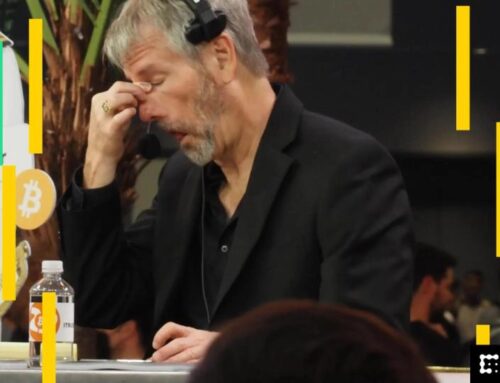Washington state environmental solutions discussed at policy forum in Spokane
May 23, 2025
(The Center Square) – For the panelists at Thursday’s Washington Policy Center public forum on the future of the state’s environmental policy, collaboration is essential to practicing conservation.
“We work with partners we do not always agree with,” said Mike Lithgow, director of policy and outreach for the Kalispel Tribe. “It’s the only way to get the conservation work done.”
Lithgow joined panelists Amanda Parrish, executive director of The Lands Council, and Todd Myers, vice president for research at the Washington Policy Center, for the 2025 Forum on the Environment in Spokane. Approximately 50 attendees were there to listen and question the panelists.
Parrish introduced her organization’s work with the Northeast Washington Forestry Coalition, the U.S. Forest Service, and regional tribes. The Lands Council is currently working with the city of Spokane’s urban forestry program to plant trees in low-income neighborhoods.
Balancing environmental protection with agricultural viability was a shared concern.
The Kalispel Tribe is working with Pend Oreille County farmers in the Voluntary Stewardship Program. A 100-year-old open ditch irrigation system in Pend Oreille County loses water, leaving ag operations at the end of the line high and dry. The Washington State Conservation Commission’s VSP focus is intended to support local approaches to hyperlocal problems like a century-old irrigation system.
Myers observed that conservation projects pushed from the top down are about 20% successful, while locally generated solutions have a success rate of about 50%.
On a broader scale, the Kalispel Tribe reaches out from their small reservation in collaborative work across 2.3 million acres of Washington, Idaho, Montana and British Columbia, Canada. Lithgow said the tribe focuses on restoration, which might not be high on the list for other partners. In addition to water, their conservation efforts include forests and wildlife.
Forest management in Washington is a concern going into the summer, owing to the potential for wildfires. Myers said at least a million acres of Washington forests need treatment to reduce density, but we lack the infrastructure necessary for treatment. The log jam is the lack of certainty in access to timber harvests, according to Myers. Investing in new infrastructure requires confidence in a 25-year supply of timber, and there are no guarantees from federal lands.
The NEWFC coalition has been working on keeping timber infrastructure active in northeast Washington. For three generations, Vaagen Brothers Lumber has operated mills in the area and now specializes in small-diameter logs. A newer company, Vaagen Timbers, partners with them to produce glue-laminated and cross-laminated wood products. They represent the kind of infrastructure needed in other regions to promote forest health and reduce wildfire risks.
Wildfire prevention is essential, given the state’s operating budget recently signed by Gov. Bob Ferguson. It cuts the amount allocated to the Washington State Department of Natural Resources for fire suppression by about half.
Myers pointed out that no matter what the state says is budgeted, what is actually spent will be dependent on what actually happens in any given season.
“They’re not going to just stop fighting fires,” said Myers, raising the importance of focusing on prevention that makes money by getting the value out of harvesting smaller diameter trees.
Lithgow noted the need for prescribed fire as part of the solution. Funding, risk management and public acceptance of smoke in the shoulder seasons of spring and fall are barriers to summer wildfires in the forest.
Questions about water and drought led to discussing beaver dams as part of building natural reservoirs. Myers emphasized using simple new technology to monitor water use as another solution to water conservation by early detection of leaks in buildings. Parrish described work by Gonzaga University engineering students to develop beaver analogs to build water catchment facilities where there are no beavers in the system.
Lithgow addressed wildlife as an essential factor in forest management. To one questioner, he said that includes management of predators to include hunting and trapping to manage populations at a sustainable level.
Myers took a question on the future of nuclear power, pointing out that the mindset toward nuclear is changing with Microsoft seeking to reopen the Three Mile Island plant. Large plants can provide baseload; however, they can’t be dialed up or down to match demand. Smaller modular plants may be able to fill that niche and reuse old nuclear waste as a fuel source.
Washington’s Climate Commitment Act, known as the CCA, came under fire from a questioner asking if the spending is being used well. Myers said the $40 million the state spent buying electric vehicles has a return on investment, like paying $1,200 for a latte.
“We’re not choosing projects based on the best ROI,” Myers said.
The panel was moderated by Aaron Luna, former News 4 Anchor.
Search
RECENT PRESS RELEASES
Related Post




